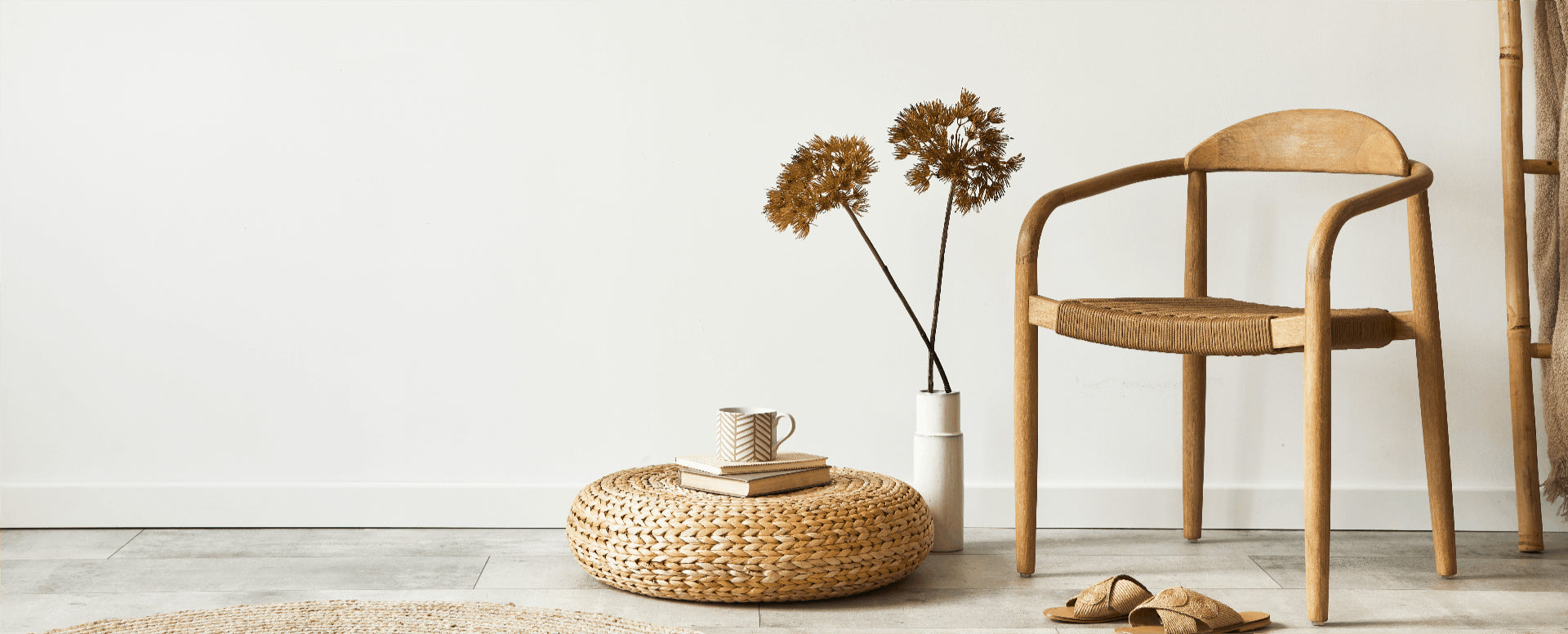This is a common question I get asked a lot.
Should I go tile splashback or glass?
Often the splashback is left as one of the final decisions of the kitchen once the benchtops and cabinetry have been decided, however the splashback is actually a very prominent part of the overall design, and careful consideration should be given to what to select.
This is because it sits at eye level on a vertical surface, front and centre in view to anyone looking at your kitchen.
Let’s first look at the characteristics of tile and glass;
Glass is a smooth surface, usually cut into one or two pieces to fit the size and shape of your splashback, in a solid colour or mirror finish. The material qualities of glass lend itself well to a slick contemporary, minimal or architectural style kitchen.
A glass splashback in a carefully chosen colour sits in the background, allowing other elements in the kitchen to feature. A perfect example of this is if you had a splashback window, the feature being the view and the window itself, therefore the glass sits either side simply framing your window.

On the other hand, tiles offer many different sizes, shapes, textures and finishes. You may wish to choose tiles to add texture and interest to your kitchen if you have chosen relatively plain benchtops and cabinets.
Even if you want to keep to a neutral palette, choosing a white subway tile and laying it in a subway or herringbone pattern for example will add interest to your kitchen without having to pick a coloured tile that you might regret in years to come.

Marble look stone benchtops and profiled cabinets are more expensive finishes, so if you have gone for plain benchtops and flat doors, a cost effective way to introduce pattern and texture to your kitchen is through splashback tiles. Tiles with marble patterns can be used in a large format, with minimal grout lines, almost appearing like a stone splashback but for a fraction of the cost. Choose subtle veining and tones so the pattern will blend across the entire splashback.

Glass splashbacks were very popular a few years ago, however there has been a strong shift towards bringing more texture and natural finishes into our kitchens since then. As a result we have seen kitchen designs featuring tiles in muted natural colours like sage, tan and terracotta with wonderful colour variation and imperfections in the finish and edging creating a lovely handmade tactile feel.
Matt finishes are a strong trend predicted to continue well into the future.
This is closely linked with our increasing desire to connect with nature, and our appreciation for natural materials and hand crafted unique pieces.
Tiles are the a great way to soften the hard surfaces in the kitchen and bring in subtle texture and tactility.
If your design style is influenced strongly by nature and natural materials, such as coastal, scandi or boho styles, tiles will always be a more suitable choice over glass for a splashback, simply because they offer finishes more closely linked to nature.

If your design style is minimal, focused on form and shape and contemporary in design, you may like to consider a glass or tinted mirror splashback, which will reinforce a sharp and clean look.

But what is easier to clean? I hear you say.
This is always a heated topic, as some people say that glass is so easy to wipe clean as there is no grout to scrub. However if you don’t clean the glass regularly and with a cleaner that dissolves grease, it will turn into a smudgy mess.
Tiles do need to be installed with grout, and grout is porous so if left uncleaned it can stain. It will depend on the size and type of tiles you select as to how much grout you have to clean. However I would recommend paying a bit extra to go for a superior stain resistant grout, as this will keep your splashback looking good and can save heaps of effort trying to keep it clean.
In the end, I think choosing a splashback that is consistent with the look and feel of your design is far more important than whether you end up cleaning tiles or glass. After all, you can just buy a splashback protector for very little cost and use this any time you are cooking to avoid the mess going on your splashback!
Finally, I'd like to mention stone, as this is going to be a much higher price point than tile and glass, but if you can afford it it will transform your kitchen and provide a very sophisticated luxe finish.
Matching the benchtop to the splashback in stone will give you a true appreciation of the veining and colours, highlighting this beautiful material and will be a real investment for your kitchen.

Keeping your selection of colours and materials neutral and paired back will also allow your stone to show off its soft grey colour variation and delicate marble veining.

Whatever you decide to choose, whether it's tile, glass or stone, make sure it's something you are going to love to look at each day, as your splashback is a permanent fixture, and hard to replace if you change your mind.
 Log in
Log in




